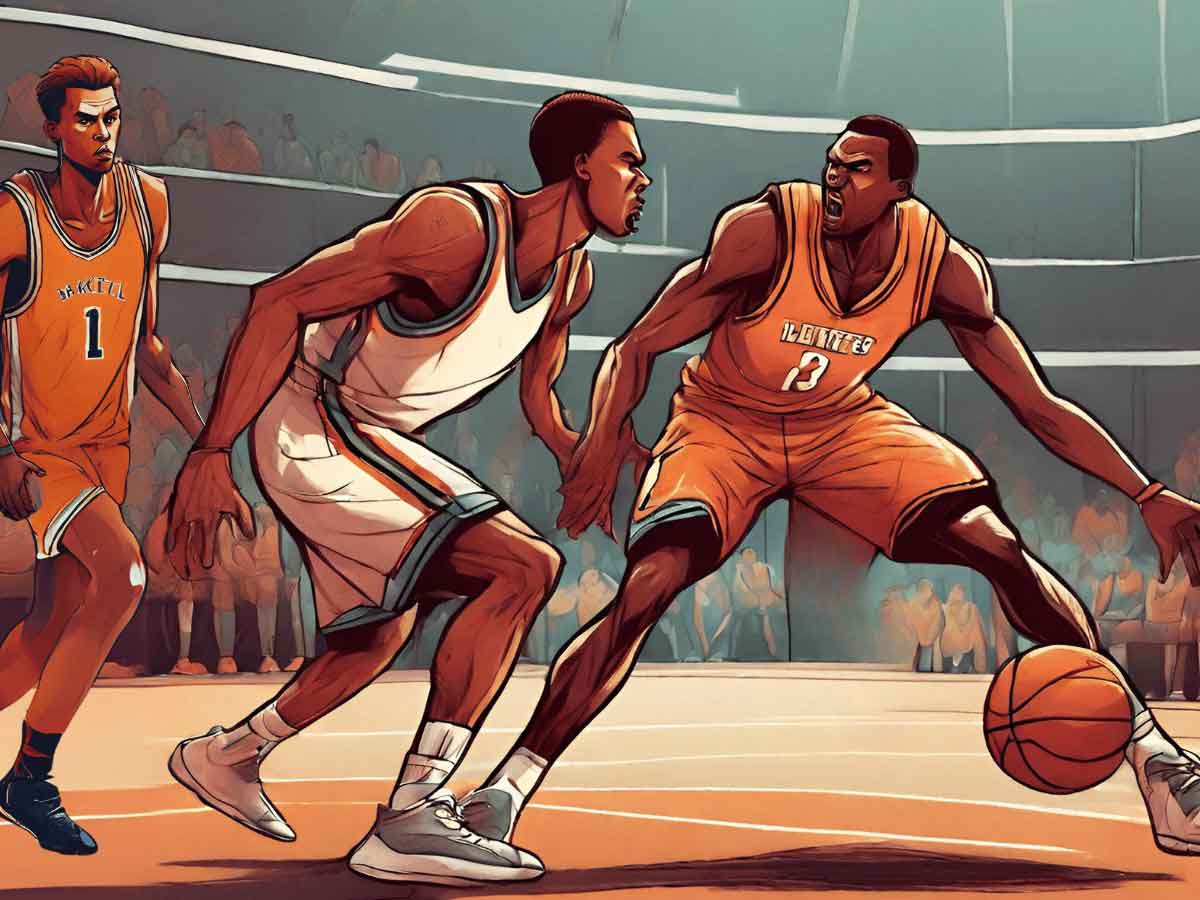Imagine you’re watching an intense basketball game when a player smartly steps in front of an opponent, creating a clear path for their teammate to score. This clever and fundamental tactic is known as a screen.
Key Takeaways:
- A screen in basketball is a legal move by an offensive player to block or ‘screen’ a defender, creating space for a teammate.
- Screens are used to disrupt defensive setups, allowing players to execute plays, get open shots, or create passing lanes.
- Screens come in various forms, like on-ball and off-ball screens. Each type has its way of helping the offense.
Screens can create offensive opportunities where none seem to exist. They require timing, correct body position, and team coordination.
In this article, we’ll dive into what a screen in basketball means, how players do it, and the rules they need to follow.
Understanding Basketball Screens
While it’s set by one player, a screen in basketball is a team effort. One player (the screener) uses their body to block a defender and give a teammate more freedom to move or shoot.

Screens are a fundamental piece to most offenses. They help in creating space and openings in the defense and can lead to scoring opportunities.
In this example, the Iowa Hawkeyes use multiple screens in a side out-of-bounds play to get Caitlyn Clark open for a last-second winning three-pointer.
Get inspired: See our list of 22 inspiring Caitlin Clark quotes.
Illegal vs. Illegal Screens
For a screen to be legal, the screener has to be stationary and not move into the defender. If the screener moves their feet or shifts their body in the process of setting a screen, it’s called a moving screen in basketball. This is illegal.
Screeners also have to set the screen without sticking out their arms or legs. An illegal screen in basketball results in an offensive foul.
Types of Basketball Screens
Screens come in many forms, all to create offensive opportunities. The two main types are off-ball and on-ball screens.
Off-Ball vs On-Ball Screens
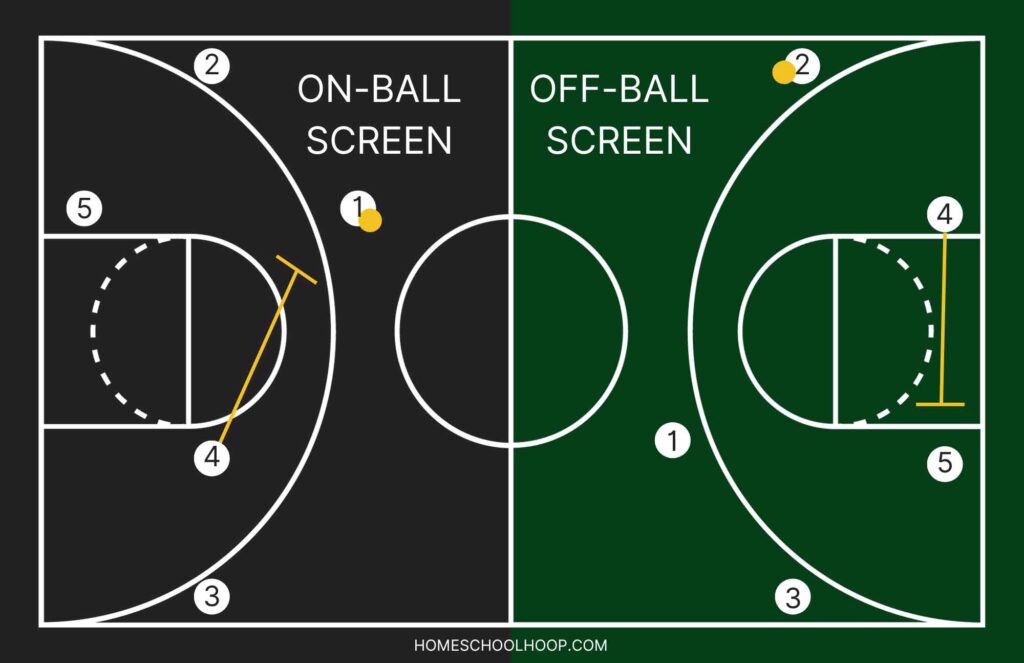
On-ball screens are set for the player with the ball. The screener blocks the player guarding the ball handler, freeing their teammate to drive and penetrate to the basket.
Off-ball screens happen away from the ball. The screener blocks a defender who is not guarding the ball so they can come open for a pass.
Common Types of On-Ball Screens
- Ball Screen: A basic screen set for the player with the ball.
- Drag Screen: Used in transition, the screener runs up to set a screen for the ball handler having just passed half-court.
- High Screen: Set near the top of the key, allowing the ball handler to drive or shoot.
- Pick and Roll: The screener sets a screen and then rolls off the defender toward the basket, ready for a pass.
- Step-Up Screen: Set by a bigger post player out beyond the three-point line so the ball-handler can drive at high speed toward the rim.
Common Types of Off-Ball Screens
- Back Screen: The screener comes up from behind and sets a screen for a teammate to cut toward the basket.
- Cross Screen: A player sets a screen across the key area to open up a teammate.
- Down Screen: The screener sets a screen for a teammate moving toward the ball from the baseline.
- Elevator Screen: Two screeners come together like closing elevator doors as a teammate cuts between them.
- Flare Screen: The screener sets a screen for a teammate to move away from the ball toward the sideline for an open shot.
- Flex Screen: A screen set along the baseline for a teammate cutting toward the ball.
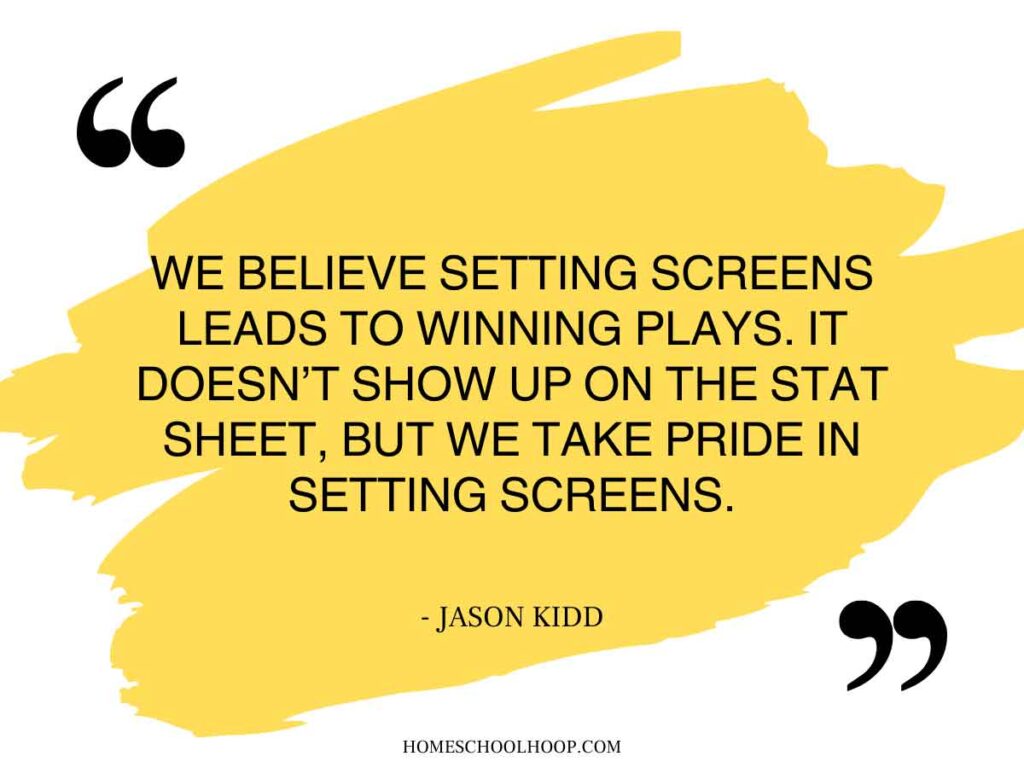
Learn more: What is a role player in basketball?
Setting a Screen: Techniques and Considerations
Setting a good screen takes more than just standing in front of a defender. It requires technique, timing, and communication.
“You’ve got be willing to not only sprint into screens but set a good one. You don’t always get the ball, but that’s not what it’s about. It’s about getting your teammates open.”
LeBron James
How to Set a Screen as a Player
To set an effective screen:
- Stand Firm: Plant your feet hip-width apart. Stay balanced and strong with a slight bend in the knees so you’re able to stay upright after contact.
- Angle: Position your body so that you’re perpendicular to the direction the defense is likely to move. This will help ensure the defender hits you squarely.
- Good Spacing: Rather than running up to the opponent you’re screening, leave a little room so they initiate contact as they try to defend their player coming off the screen.
- Hands In: Keep your hands and arms close to your body to avoid illegal screen fouls.
- Timing: Watch your teammate’s movements. Set the screen at the right moment to create the most space.
The Dallas Mavericks regularly screen for Luka Doncic so he can find open shots or teammates for easy field goals. This compilation has many good examples of the screeners causing Doncic’s defenders to get caught up or out of position.
Signaling for a Screen
Your teammate needs to know that a screen is coming before they can effectively come off of it. Sometimes screens are an established part of an offense. In this case, your teammate will expect it based on the play being executed.
Other times, players use verbal cues. This could be the wave of a hand signaling to your teammate to “use my screen”. Or, it may be verbal; a “use me” clearly communicates to your teammate that you’re there to help them get open.
Avoiding Illegal Screens
It’s easy to get called for an illegal screen if your timing or positioning is off. Avoid these common basketball screening mistakes:
- Moving While Screening: Get into position and set yourself before your teammate takes off. Otherwise, you may still be moving toward the defender when contact is made and get called for the foul.
- Extending Limbs: It’s instinctual to stick out your arms or legs when you realize the defender is going to get around your screen too easily. Keep your limbs in and don’t alter your positioning or you’ll get called for a foul.
- Give the Defender Space: You’re not allowed to run up to the defender and initiate contact. Instead, set your screen roughly one step away and allow them to run into you.
In the very first clip of this basketball screen compilation below, you’ll see Tyson Chandler get called for an illegal screen on LeBron James. He leans forward into James and initiates contact, rather than setting himself and letting the contact come to him. Under NBA rules, this is illegal.
Defense Against Screens
So far, we’ve covered a screen in basketball from an offensive approach. So, what if you’re on the defensive side, and tasked with navigating these screens?
Defending against screens is about anticipation, quick decision-making, teamwork, and preparation. Some strategies to defend against screens include:
- Preparation: Depending on your level, coaches will prepare you for what to expect from the opponents before the game. Most coaches watch film of upcoming opponents and will run through the offensive schemes you can expect to face. Understanding these will help you and your teammates work through screens on game day.
- Communication: Even if you know screens are coming, teammates must warn each other. If the player you’re defending gets into a position for a screen, you’ve got to yell so your teammate isn’t caught off guard.
- Switch or Fight Around: Your coach will likely dictate how you will play screens ahead of time, but sometimes you’ll have to quickly decide whether you’re going to fight around the screen or switch player assignments with your teammate.
- Hedge: If you’re defending an on-ball screener, you’ve got to buy some time for your teammate being screened to get around by “hedging.” Hedging in basketball is a defensive tactic in which the screener’s defender slides high to briefly obstruct the ball handler’s desired pathway.
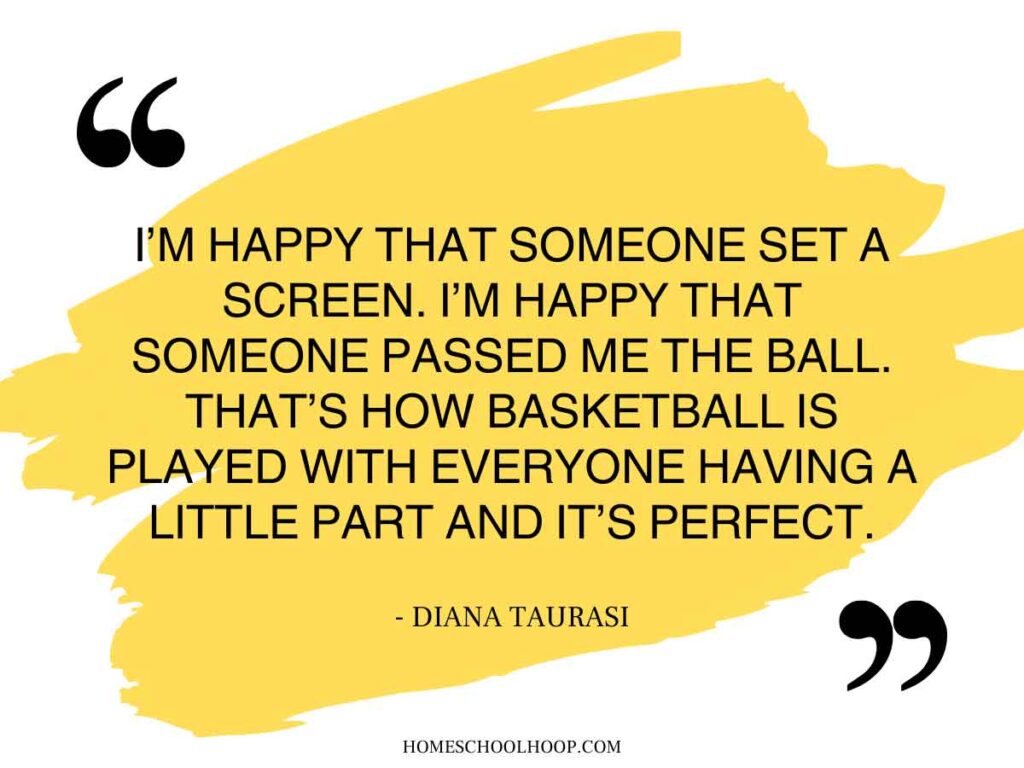
Common Mistakes in Defending Screens and How to Avoid Them
Good defense against screens will disrupt your opponent’s offensive flow, creating turnover opportunities and forcing bad shots. But, it’s not always easy. Here are common mistakes players make in defending screens:
- Lack of Communication: This is arguably the most important component to defending screens effectively. Always talk to your teammates so you can stay on the same page.
- Letting Yourself Get Screened: A lack of effort to fight around the screen will kill any chance of adequately defending against screens. Stay alert and in a stance, ready to move.
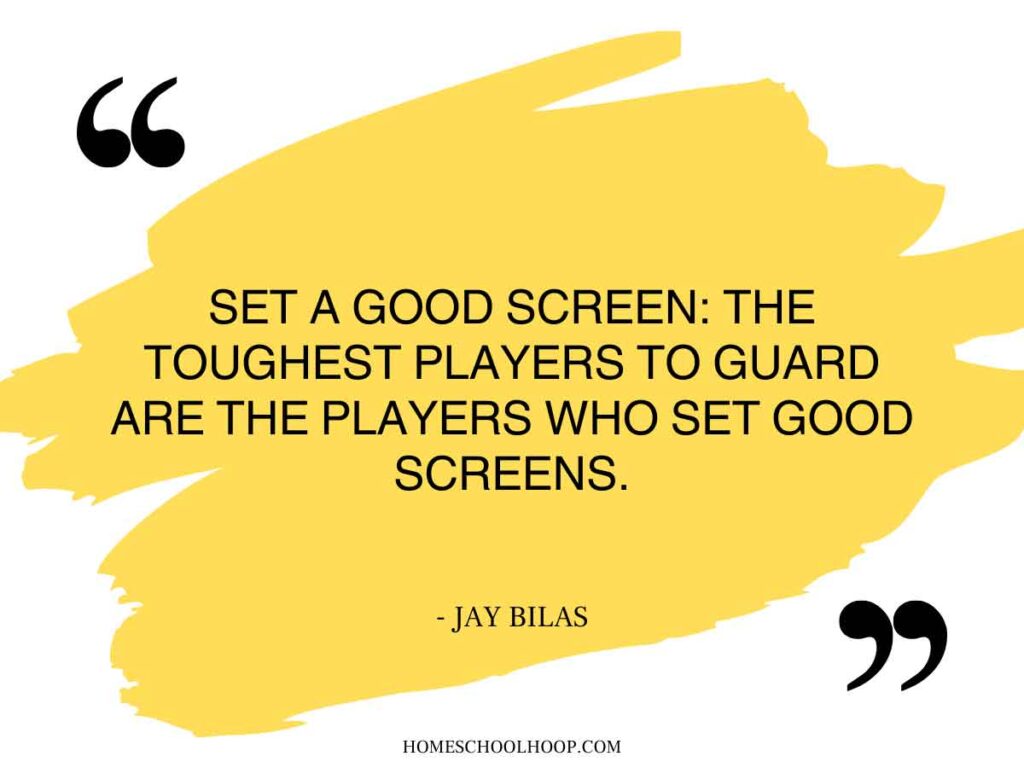
FAQs
What is the difference between a screen and a pick in basketball?
In basketball, a screen and a pick are often used interchangeably. Both involve a player blocking a defender to free up a teammate. However, a pick specifically refers to on-ball situations, whereas a screen could refer to on-ball or off-ball situations.
What is a screen in the NBA?
In the NBA, a screen is a strategic move where a player blocks or ‘screens’ a defender to open up space for their teammate. It’s used to disrupt the defense and create scoring opportunities.
What are the benefits of using screens in basketball?
Screens help create open shots, disrupt defensive formations, and enable players to move more freely. They play a big role in most offensive strategies.
How can a player effectively use a screen?
A player can use a screen effectively by timing their movements with the screener, communicating clearly, and being unpredictable to keep the defense guessing.
What makes a screen illegal in basketball?
A screen becomes illegal if the screener moves while setting it, extends their limbs to block, or sets the screen outside their shoulder width. Illegal screens result in offensive fouls.

